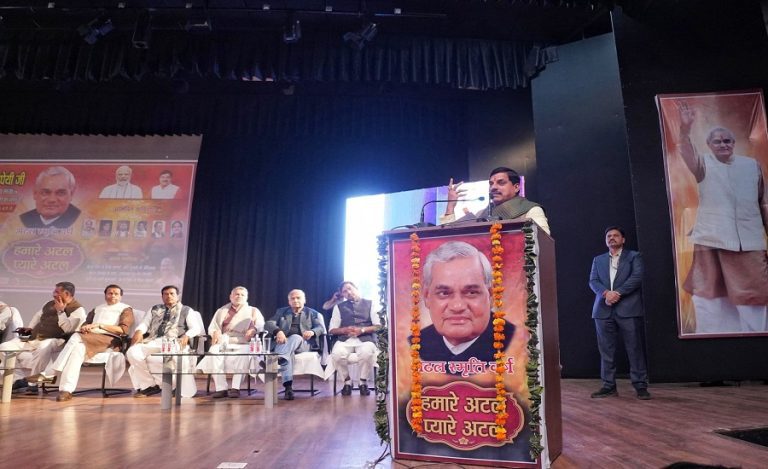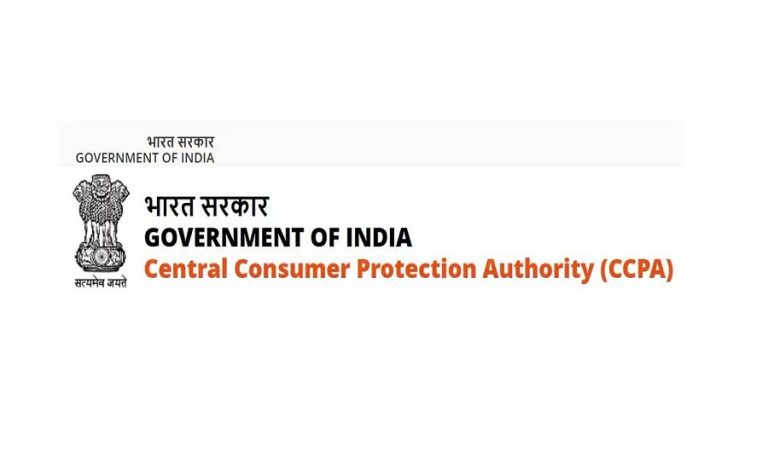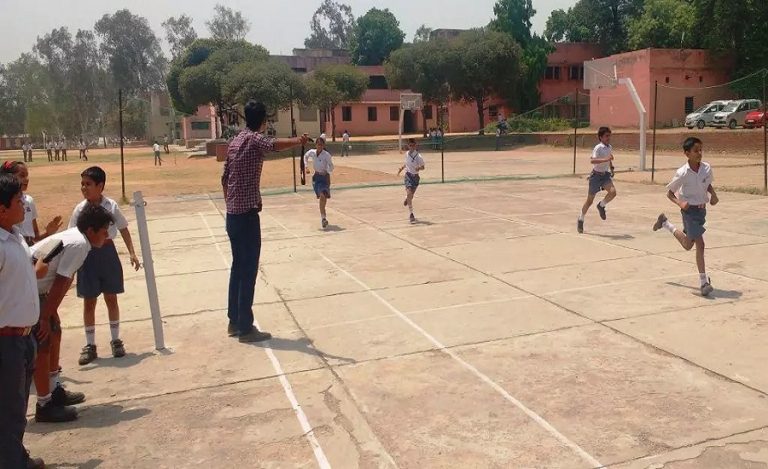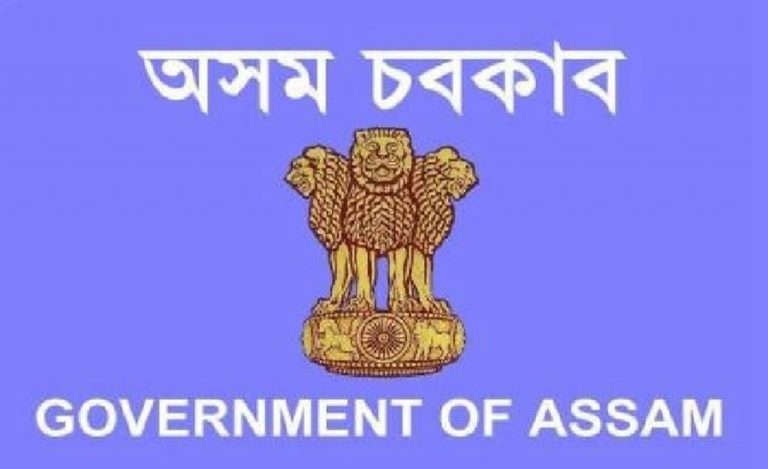New Delhi: In a significant judgement the Delhi High Court reaffirmed that Child Care Leave (CCL) for women government servants is a welfare right — not merely a bureaucratic favour. While CCL may not be an automatic entitlement, the Bench made it clear that denial rooted in administrative convenience or mechanical reasoning is impermissible.
This ruling holds wide implications for women in service, employers and human resource policy across government departments.
Background of Child Care Leave for Government Employees
The case before the court involved a teacher, employed as a TGT (Mathematics) at a Government Co-Ed Senior Secondary School in Delhi, who had two children studying in Class X and XII. Her husband, a marine engineer, was frequently abroad, which meant she was the primary caregiver.
She applied for CCL under Rule 43-C of the Central Civil Services (Leave) Rules, 1972, but her applications (including one for 149 days and another for 114 days) were denied by the school administration on the ground of non-availability of a substitute teacher.
Meanwhile, the school sanctioned 303 days of Extraordinary Leave (EOL) in the same period she sought CCL. The petitioner approached the Central Administrative Tribunal (CAT) seeking conversion of the EOL into CCL, but the Tribunal dismissed her plea. She then moved to the DHC.
Key Faces Behind this Judgement
The Division Bench consisted of Justice Navin Chawla and Justice Madhu Jain of the Delhi High Court. The judgment was authored by Justice Madhu Jain.
The petitioner was represented by Advocate Gouri Karunadas Mohanti. The Respondents appeared through Standing Counsel Avnish Ahlawat and other counsel.
Importance of the Child Care Leave for Government Employees Ruling
Clarifies legal position on CCL: The Court reiterated that while CCL is “not an entitlement as of right”, the discretion to deny it must be exercised in line with the object and spirit of the rule — i.e., to facilitate the welfare of children and enable mothers to perform parental responsibilities.
Welfare orientation emphasised: The bench said CCL was introduced “as a welfare measure to reconcile the competing demands of professional duties and parental responsibilities.”
Anti-discrimination signal: By noting that mechanical or purely administrative refusal is impermissible, the Court strengthens protections for women employees, especially where domestic responsibilities are substantial.
Practical correction: The Court directed conversion of EOL to CCL for the petitioner, thereby offering concrete relief. This sends a signal to employers that use of EOL in place of CCL may attract scrutiny.
Key Challenges to Watch
- Administrative exigency vs individual welfare: The school’s refusal was based on non-availability of a substitute teacher — a recurring challenge in leave policy in the education sector. The Court observed that if EOL could be granted, the same operational challenge cannot justify denial of CCL.
- Lengthy spells of leave: The petitioner sought unusually long periods (149 days, 114 days, 465 days etc.). The Court pointed out that an employer’s obligation to maintain functioning remains, but refusal must be justified, not mechanical.
- Awareness and policy implementation: Many women employees may still be unaware of Rule 43-C or fear applying for CCL, worrying about job security or stigma. This ruling may encourage more assertiveness.
- Policy vs practice gap: The ruling reveals gaps between the written leave rules, and how they are applied on ground by institutions, especially where staffing shortages exist.
Key Implications
- Employers (especially in the government/education sector) will need to review leave-denial practices, ensuring decisions on CCL are reasoned and aligned with welfare objectives, not only with staffing constraints.
- HR departments must ensure that CCL applications are processed fairly, and that if EOL or other leave is being granted for similar periods, the reasoning for denying CCL is scrutinised.
- Women employees will likely feel empowered to assert their rights under Rule 43-C, knowing that arbitrary denial may attract judicial intervention.
- Policy makers might revisit leave rules, provide clearer guidelines or strengthen monitoring mechanisms to ensure that welfare-oriented leave provisions are not co-opted into purely administrative discretion.
- For the education sector (and similarly staffed sectors), this judgement signals that staff-shortage cannot be a blanket refusal of CCL; alternate remedial strategies must be considered if welfare leave is denied.
Way Forward
- Employers should issue internal circulars reminding that CCL must be processed in accordance with the spirit of Rule 43-C and cannot be routinely denied just on administrative grounds.
- Training supervisors and heads of institutions on the legal and welfare aspects of CCL to reduce arbitrary refusals.
- Employees should document their caregiving responsibilities (for example, if spouse abroad, children’s board exams or illness) and maintain records of CCL applications and any leave granted in lieu (such as EOL) to support any conversion request.
- Government departments should collect data on CCL applications, grants & denials, reasons for denial, and any conversion of leave types, to assess whether welfare measures are being implemented in letter and spirit.
- Outreach to women government employees to educate them that while CCL is not fully automatic, the discretion to deny cannot be exercised mechanically or arbitrarily — as affirmed by this Delhi High Court ruling.



























